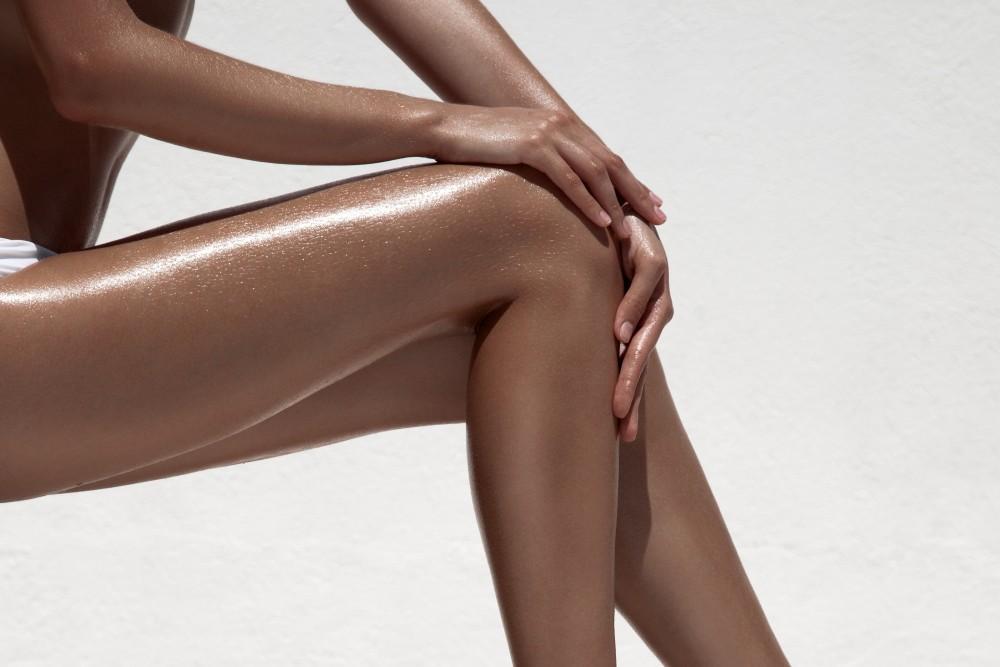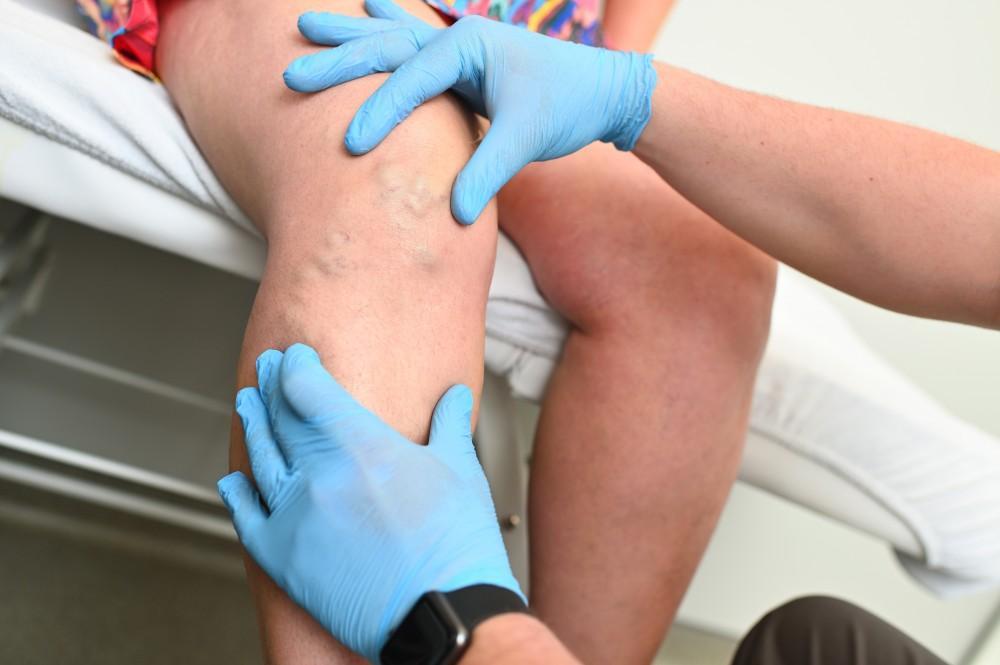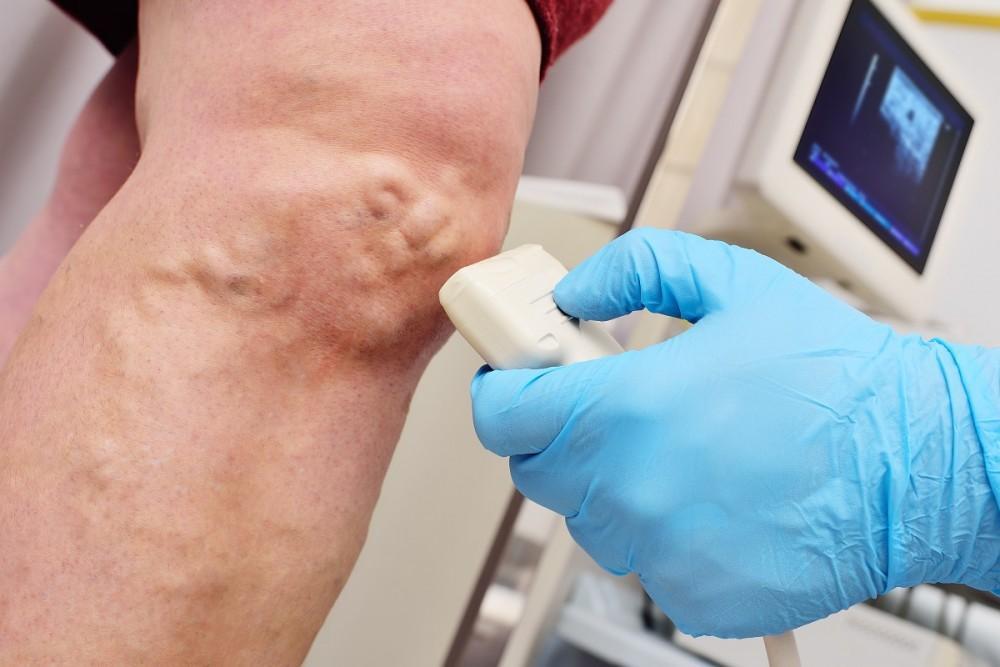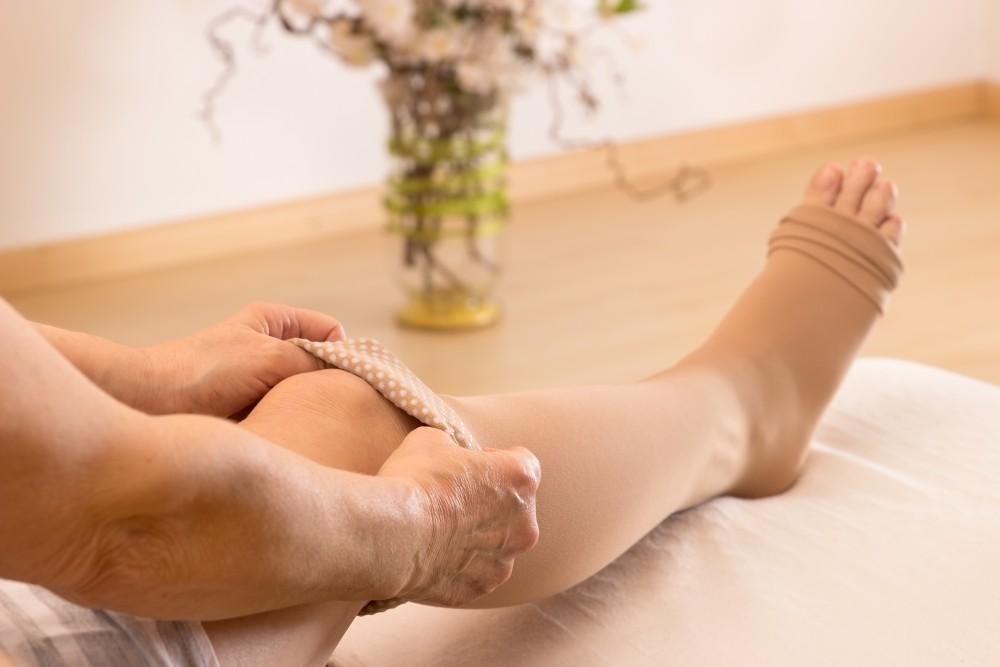It may not seem fair, but varicose veins are more common in women than men. In fact, they’re twice as common. Why, you may wonder, are women more susceptible to developing these gnarled veins? Well, it may have something to do with pregnancy and hormones.
Renowned cardiologist Rishin Shah, MD, at Prime Heart and Vascular, wants you to understand why women are at a greater risk of developing varicose veins and what you can do about it.
How varicose veins develop
Through your arteries, your heart pumps nutrient- and oxygen-rich blood to all the organs, tissues, and cells in your body. Your veins are then responsible for returning this blood back to your heart to start the process all over again. Because your veins work against gravity to push your blood back up to your heart, they’re outfitted with one-way flaps, referred to as valves. These valves open to allow blood to move toward your heart, and they close to prevent it from falling back and pooling.
If your valves aren’t working properly due to injury or disease, then the blood in your veins may fall back and pool instead of continuing up to your heart. When this happens, raised, lumpy, gnarled veins — medically referred to as varicose veins — can develop. Because the veins in your legs have to fight the hardest against gravity, they’re the most often affected. However, any vein in your body can become a varicose vein.
Women and varicose veins
As already mentioned, varicose veins are a lot more common in women than men. And your risk of developing varicose veins increases as you get older. There are two primary reasons why women are likely to develop varicose veins than men: pregnancy and hormones.
Pregnancy
During pregnancy, your blood volume doubles in order to supply your baby with the oxygen and nutrients needed for growth and development. The increase in blood volume can stress your blood vessels and causes your veins to swell. Additionally, the extra weight you’re carrying in your belly can also add stress to your veins. These two factors may weaken or damage your valves, which can result in varicose veins.
You may develop varicose veins during your pregnancy, and they may go away within a few months after delivery of your baby. But, with each successive pregnancy, your veins may continue to weaken, which may make it harder for them to bounce back and return to normal. This can result in varicose veins.
Hormones
Estrogen and progesterone are female hormones that play an important role in fertility and menstruation. These hormones may also be partly responsible for why women are more likely to develop varicose veins than men. These hormones cause the muscles that control the movement of blood in your veins to relax. This relaxation may affect blood flow and lead to pooling.
In addition to pregnancy and hormones, you may also be at risk of developing varicose veins if they run in your family, if you spend too much time on your feet, or if you’re overweight or obese.
What you can do about varicose veins
While you may not be too happy about the look of your varicose veins, there are things you can do to reduce their appearance or get rid of them altogether. If your varicose veins are mild and aren’t causing pain or swelling, then wearing compression stockings may help. These stockings support circulation and may help prevent your veins from getting worse.
If your varicose veins are painful, or if you simply want them gone, Dr. Shah can get rid of them. Dr. Shah is a vascular expert, and he offers several options for removing varicose veins, including:
- Surgical removal
- Endovenous ablation
- Sclerotherapy
All of these treatments for varicose veins are outpatient procedures that require very little, if any, downtime.
You may be more at risk of developing varicose veins than men, but you don’t have to live with them. If you’re unhappy with your varicose veins, book an appointment online or over the phone with Prime Heart and Vascular today.





